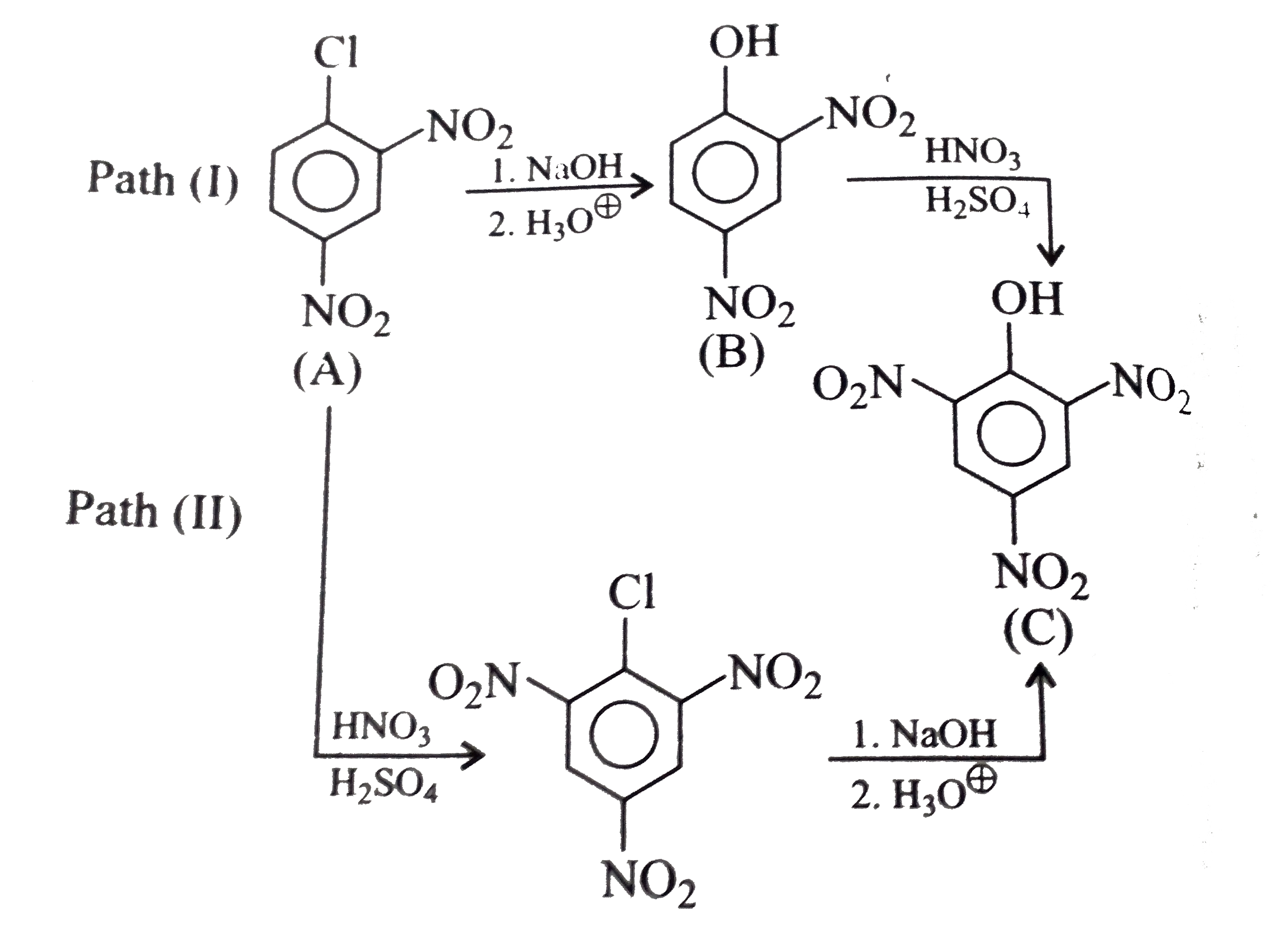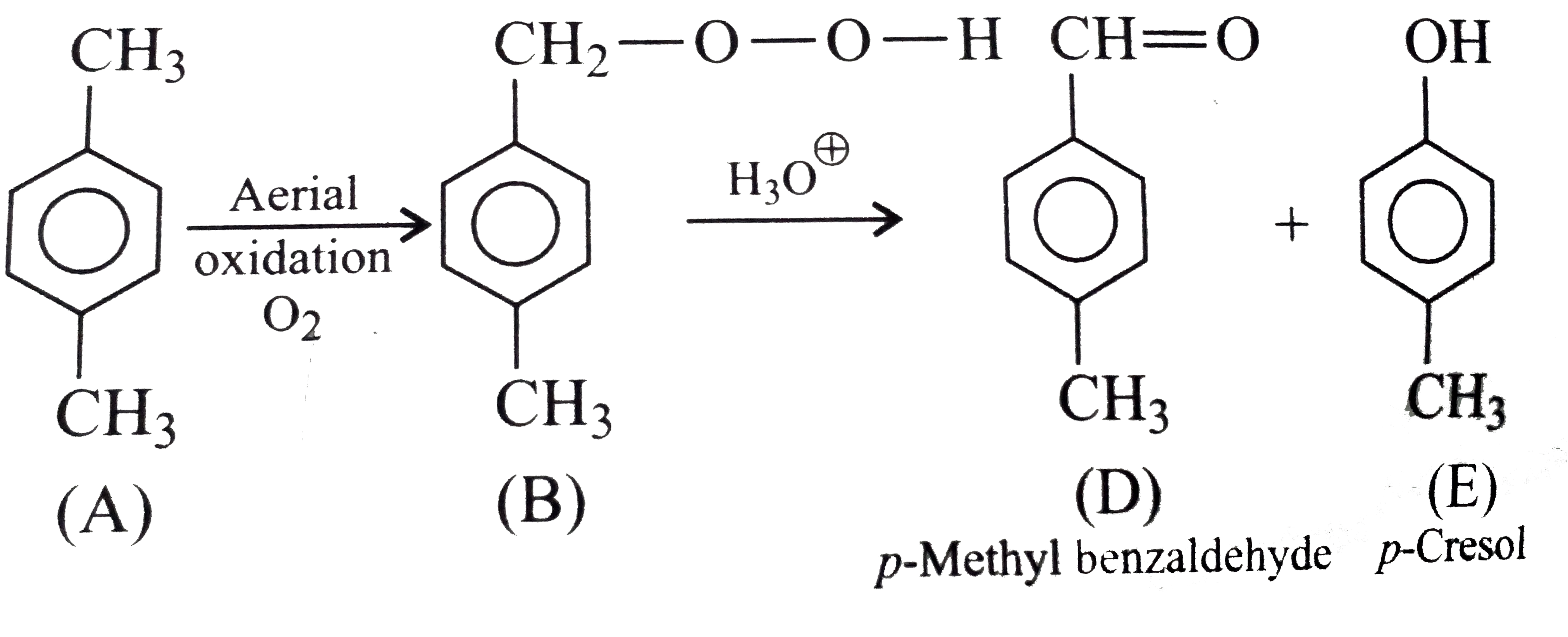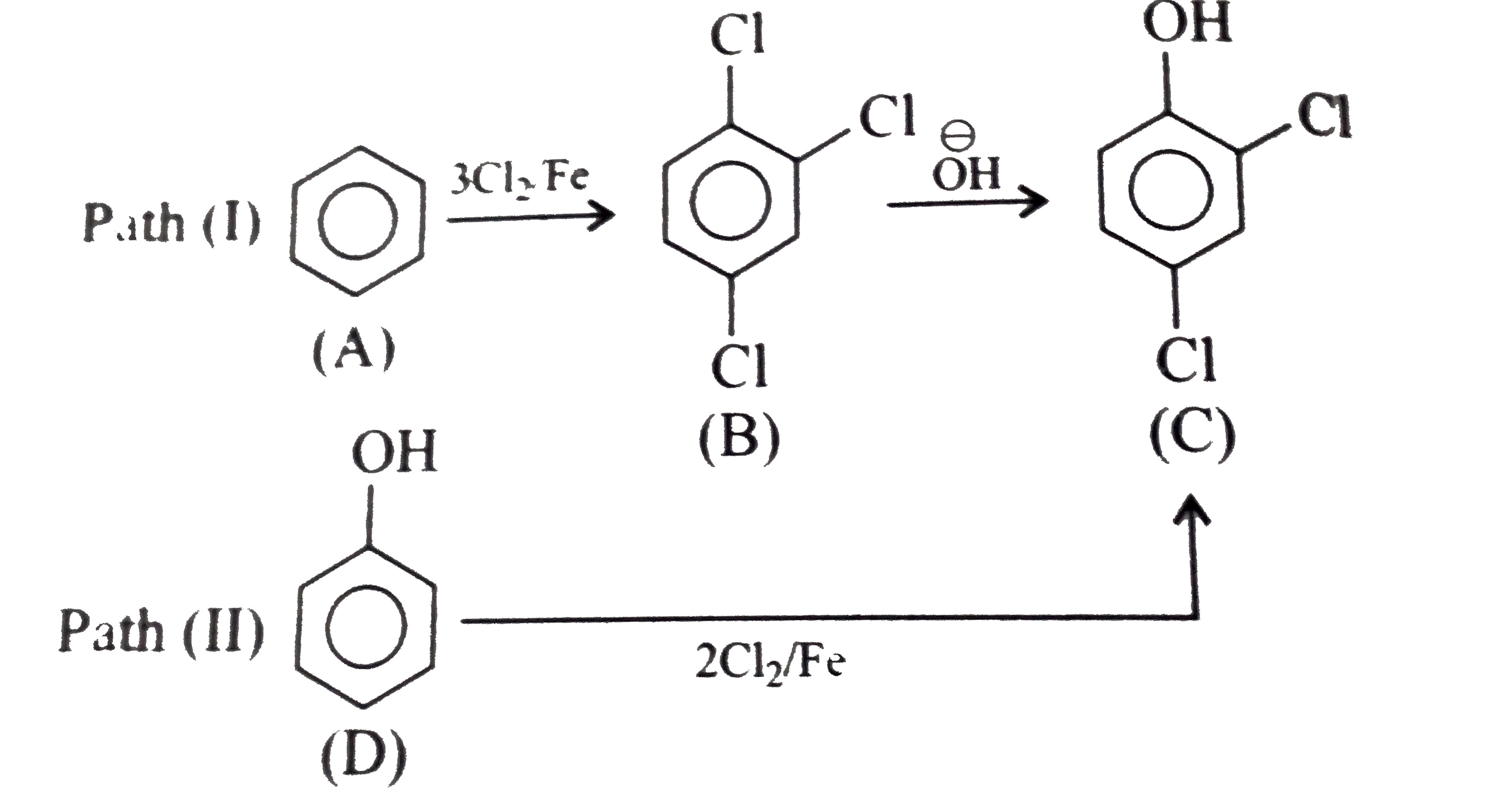Which of the following statements is correct about a leaf ?
A
It has originated from root apical meristem.
B
It is arranged in basipetal order.
C
It arises from axillary bud.
D
It bears a bud in its axil.
Video Solution
Text Solution
The correct Answer is:D
|
Answer
Step by step video, text & image solution for Which of the following statements is correct about a leaf ? by Biology experts to help you in doubts & scoring excellent marks in Class 12 exams.
Updated on:21/07/2023Topper's Solved these Questions
Similar Questions
Knowledge Check
Which of the following statement is correct about bile?
AIt helps in emulsification of fat.BIt helps in digestion of carbohydratesCIt helps in absorption of digested food.DIt helps in egestion of undigested food.Which of the following statements is correct about node of Ranvier?
AAxolemma is discontinuousBMyelin sheath is discontinuousCBoth neurilemma and myelin sheath are discontinuousDCovered by myelin sheathWhich of the following statement is correct about alkanes?
AAlkanes react with acids or base in normal conditionsBAlkanes react with oxidising or reducing temperature in normal conditonsCAlkanes are inert compoundsDAlkanes are unsasturated compunds
Which of the following statements is/are correct about the following reactions ?

View SolutionWhich of the following statements is/are correct about the following reaction ?

View SolutionWhich of the following statements is/are correct about the following reaction ?

View SolutionWhich of the following statement is correct about the atom of an element ?
View SolutionWhich of the following statements is not correct about the DNA molecules?
View Solution

 .
.